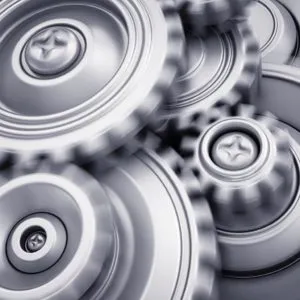Table of Contents
Great Possibilities
Advanced manufacturing engineer Jame Earle recently said to me, ”What is great about young engineers is that they do not yet know what is impossible. So they do not create and solve to preconceived limits.” Earle works with Local Motors (page 28), a company dedicated to using digital technology and micro-factories to bring new vehicle designs to market more quickly, inexpensively and efficiently. I can see why this is particularly relevant in the automotive industry, where the technologies have advanced, but the process theory still takes its cues from Henry Ford. Even the Toyota Way is dedicated to flexible mass production. The paradigm shift Local Motors is suggesting is flexible design and production at any scale. With modern materials, sophisticated software and precise equipment, this is already beginning to happen in small operations (see story page 40), and there are interesting implications even within major manufacturing.
For the most part, I love Earle’s statement. In producing Surface & Panel I get to talk to luminaries (of all ages) at all levels of material innovation (stories pages 50, 34 and 36), market analysis (page 12), equipment and process engineering. Anyone actively engaged in the industry is well aware that it is driven by integrated technologies. Through the magic of digital, we are able to distill the preferences of large groups of people into concepts, turn those concepts into designs, translate those designs into instructions and produce end products faster and with more precision than ever before (page 6). It is a new iteration of craftsmanship that amplifies existing equipment and traditional skills. The only thing that is impossible is ignoring the potential.
Brent East of Thermwood makes a great point in the story about the production of the first 3D-printed car (page 28), which includes mainstream CNC processes. “Sometimes people don’t realize that their machines and software are capable of other applications. They do what they are used to doing despite the fact that most of the market is growing through differentiation. It is not enough that the technology is advancing. We also have to have the philosophical and intellectual advancements to apply it.” This theme recurs in the story about TANKED (page 48).
I recently read a little Jack Welch. One of his main tenets is to focus on the future. That resonates with me. Innovating by looking backwards is like planning to be obsolete. I hope this issue is thought provoking. That it inspires readers – specifiers, fabricators and suppliers – to envision future success, optimize existing resources and proactively pursue elegant new solutions.
As always, huge gratitude to every one who helped make this issue possible. Here’s to a happy, healthy and wildly successful 2015 all around.
Cheers!
Suzanne VanGilder | Editorial Director
“What is great about young engineers is that they do not yet know what is impossible.”






